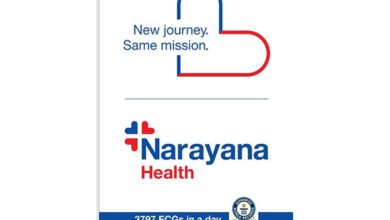WHO FCTC and safer alternatives are catalysts to be smoke-free

Expert opinion by Prof. Bejon Kumar Misra, International Consumer Policy Expert, Honorary Professor at the National Law University, Cuttack, Odisha, from the 7th edition of the Consumer Freedom Conclave.
India needs an assessment of tobacco cessation in safer alternatives, to avoid a ‘Hobson’s choice approach.
Pioneering with its G20 Presidency Health Track, the world looks upon India as a critical enabler in shaping the global agenda for health – to draft a model policy framework focusing on public healthcare prevention, care, needs & issues, thereby accelerating the progress of the UN’s Sustainable Development Goals (SDGs). India’s efforts to contain the Covid-19 pandemic show its potential in fighting health emergencies. It can now build on that capability to become a global leader to drive international policies on public health, epidemic control, and better access to healthcare for unreached vast populations.
One such alarming epidemic plaguing India’s health index is the widespread use of tobacco and its fatal harm. Despite the best efforts of the government, the number of smokers in India has remained unchanged at over one hundred million. India has the second-lowest quit rate among the thirty developing nations surveyed. With over 1 in 4 adults consuming tobacco, it continues to have the world’s second-largest tobacco-using population, claiming over a million deaths every year. Tobacco addiction, especially in low-income groups results in a vicious cycle of poverty. The economic costs arising out of addiction-induced diseases cause an impediment to economic growth.
UN’s SDG commits to the reduction in early deaths caused by non-communicable diseases through prevention and treatment. As a signatory India should look at tobacco harm control as a national health intervention – by focusing on science & evidence of cessation, NRT & introduction of reduced harm, and safer alternatives, instead of a polarized terminal approach for users. It is imperative that the government evaluates the real situation on the ground independently, scientifically, and progressively. Officiating bodies like the WHO unfortunately have not been able to solve this crisis. risk reduction is mentioned in WHO’s global treaty, Framework Convention on Tobacco Control (FCTC) but not actively adopted by countries, causing failure to meet reduced consumption goals. As an autonomous country, India needs to consider an independent assessment of new age-reduced risk technologies and form evidence-based progressive policies on their own merits.
Pragmatic reformist countries that have adopted reduced-risk policies like UK, Sweden & Japan are paving the way. UK’s health department concluded that safer alternatives are 95 % less harmful than combustible tobacco, helping 2.5 million smokers switch & eventually quit. Sweden will soon be the first country to become smoke-free. The number of smokers in just 15 years has fallen from 15% to 5.6% with the help of a mix of safer alternatives and WHO’s guidance. Further, they witnessed a 41% lower incidence of cancer, the lowest across the EU. Japan recorded a 25% decline in cigarette volumes in the five years, ever since better alternatives were introduced in the country.






